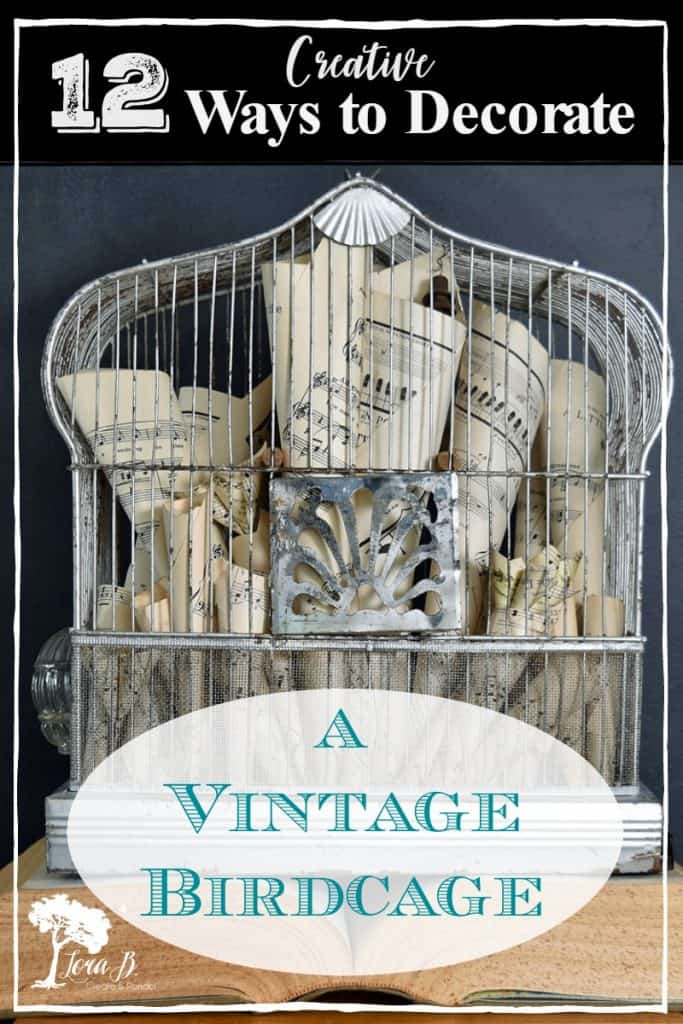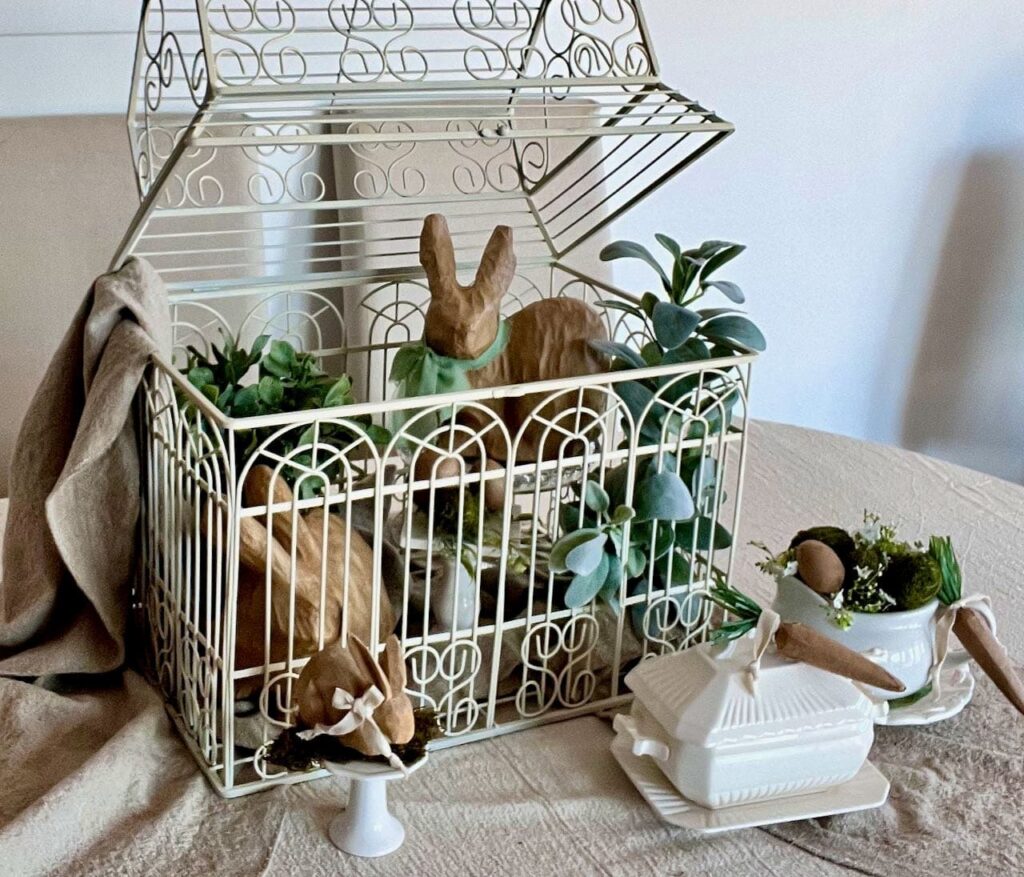Decorating a bird cage is more than just making it look pretty; it’s about creating a safe and stimulating environment for your feathered friend. As a proud owner of various feathered companions over the years, I’ve learned through trial and error the best tips and tricks to enhance their living space. In this guide, I’ll share my insights and experiences on how to create a vibrant, safe, and enjoyable habitat for your birds.
Understanding Your Bird’s Needs
Before diving into the decorations, it’s crucial to understand the specific needs of your bird species. Different birds have different requirements when it comes to space, toys, and environmental enrichment.
Basic Requirements for Bird Cages
- Size: The larger the cage, the better. Birds need plenty of space to move around and stretch their wings.
- Safety: All materials should be non-toxic. Avoid galvanized steel and opt for stainless steel or powder-coated materials.
- Ventilation: Ensure good airflow to keep your birds healthy.

Common Bird Species and Their Needs
| Bird Species | Minimum Cage Size | Preferred Toys |
|---|---|---|
| Budgerigar (Budgie) | 18″x18″x24″ | Perches, swing toys, chew toys |
| Cockatiel | 24″x24″x36″ | Mirror toys, bells, climbing structures |
| African Grey | 36″x24″x48″ | Interactive toys, puzzles, foraging toys |
Choosing the Right Accessories for Your Bird Cage
When decorating your bird cage, the accessories you choose will play a pivotal role in your bird’s well-being. Here are the essential categories of items to consider:

Types of Accessories
- Perches: Provide various sizes and textures.
- Toys: These come in various forms—chew toys, foraging toys, and interactive ones.
- Food and Water Containers: Opt for dishes that are easy to clean and refill.
- Nesting Materials: Important for breeding pairs and can add comfort.

Comparative Analysis of Accessories
| Accessory Type | Materials | Pros | Cons |
|---|---|---|---|
| Natural Wood Perches | Natural wood, cotton | Varied texture, safe | Can harbor bacteria if not cleaned |
| Plastic Toys | Plastic | Durable, colorful | Can be chewed and ingested |
| Ceramic Dishes | Ceramic | Easy to clean, stable | Heavy, can break |

Creative Decoration Ideas
Color Schemes

Choosing a color scheme can enhance the aesthetic appeal of your bird cage. Bright colors often attract birds’ attention and can stimulate their minds. Some popular color themes include:
- Rainbow Theme: Use colorful toys and accessories.
- Nature Theme: Incorporate natural wood, greens, and earth tones.
- Minimalist Theme: Stick to neutral shades with just a hint of color.

Adding Natural Elements
Incorporating natural elements not only beautifies the cage but also makes the environment feel more secure for the birds. Ideas include:

- Branches: Place branches for climbing and perching.
- Plants: Use bird-safe, non-toxic plants like spider plants or Boston ferns as decorations.
Flying Space and Enrichment
A bird’s cage should not only be beautiful but also provide enough room for flying and exploring. Here’s how to maximize space:
Designing for Flight
- Vertical Space: Taller cages allow birds to fly up and down.
- Swings and Ladders: These encourage movement and play.
- Play Areas: Create an outside play area for supervised time outside the cage.
Enrichment Ideas
Enrichment is crucial for mental stimulation. Here are some engaging ideas:
- Foraging Boxes: Hide treats in boxes filled with safe materials.
- Interactive Toys: Choose toys that require problem-solving or that they can manipulate.
Safety Considerations for Cage Decorations
Materials to Avoid
Not all materials are safe for birds. Here are some materials you should eliminate:
- Non-Stainless Steel: Avoid galvanized steel which can be toxic.
- Paints and Varnishes: Ensure they are bird-safe and non-toxic.
- Plastic with BPA: Look for BPA-free toys and containers.
Regular Maintenance and Cleaning
Maintaining a clean environment is vital for your bird’s health. Here are some easy maintenance tips:
- Daily Spot Cleaning: Clean food and water containers daily.
- Weekly Deep Cleaning: Wipe down the cage and replace bedding materials weekly.
- Inspect for Wear: Regularly check toys and perches for wear and tear.
Personal Experience: My Bird Cage Transformation
When I first got my cockatiel, I was overwhelmed with choices for his cage. It took a bit of experimenting to find the perfect balance of aesthetics and functionality. I started with plain perches and basic toys but soon realized he needed more stimulation. I invested in various natural wood perches and colorful, interactive toys to keep him engaged. A couple of weeks later, I spruced up the cage with a theme that matched my living room decor, creating a vibrant space that I loved looking at as much as he loved playing in.
FAQs about Bird Cage Decoration
What is the best way to decorate a bird cage for a small bird like a budgie?
Use plenty of small, colorful toys, natural wood perches, and ensure flowers or plants are bird-safe. Make sure the cage allows for climbing space and swings.
Can I use artificial plants in my bird’s cage?
It’s usually best to stick to natural plants to avoid potential toxins. If you choose artificial plants, ensure they are labeled as non-toxic and bird-safe.
How often should I change toys in my bird’s cage?
Rotate toys every few weeks to keep things fresh. Birds can get bored with the same toys, so changing them maintains their interest and encourages more play.
Is it important to have different types of perches in the cage?
Yes! Different types of perches help to exercise your bird’s feet and prevent foot problems. Varying textures and sizes also keep them engaged.
Conclusion
Decorating a bird cage is an enjoyable process that benefits both you and your feathered friend. By understanding your bird’s needs, choosing the right accessories, and regularly maintaining the cage, you can create a beautiful and functional habitat. Remember, your bird’s happiness and health should always be the top priority. Take your time to find what works best for you and your avian companion, and don’t be afraid to revamp their space as their needs change!